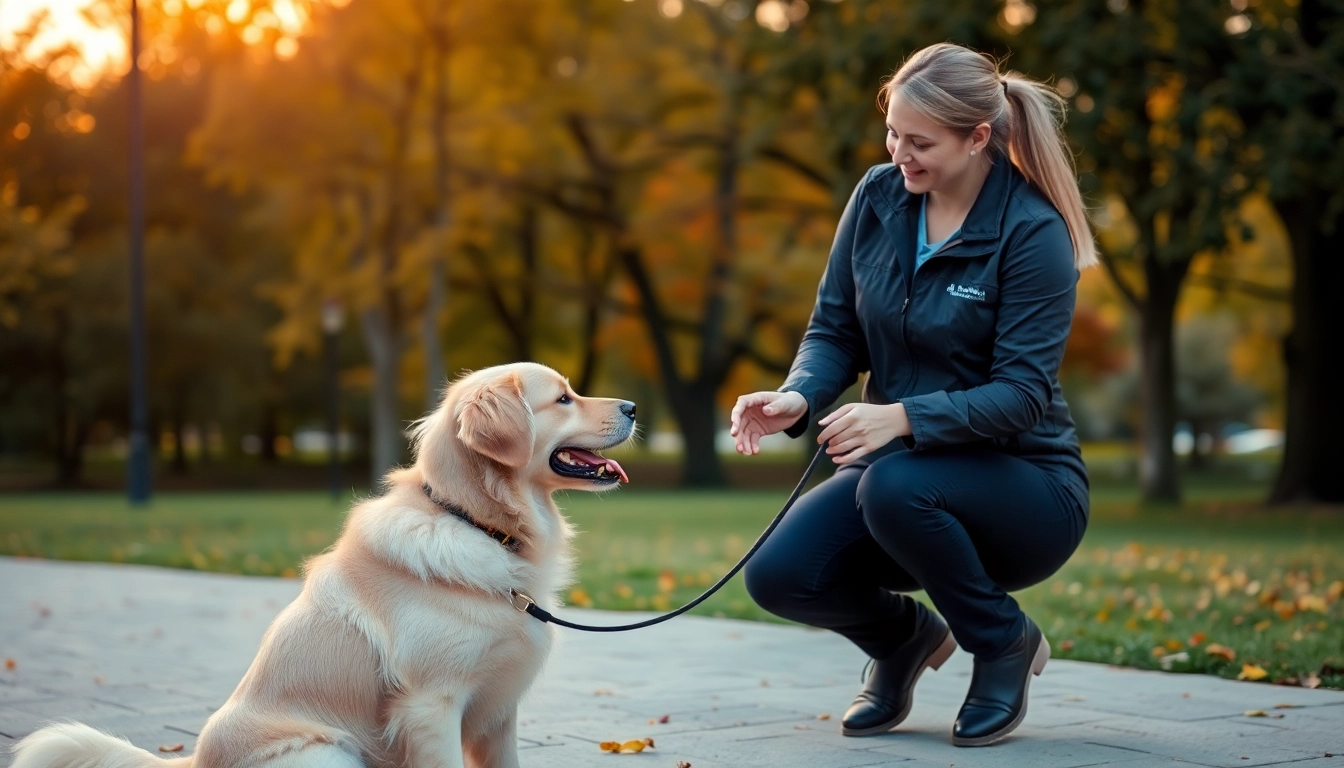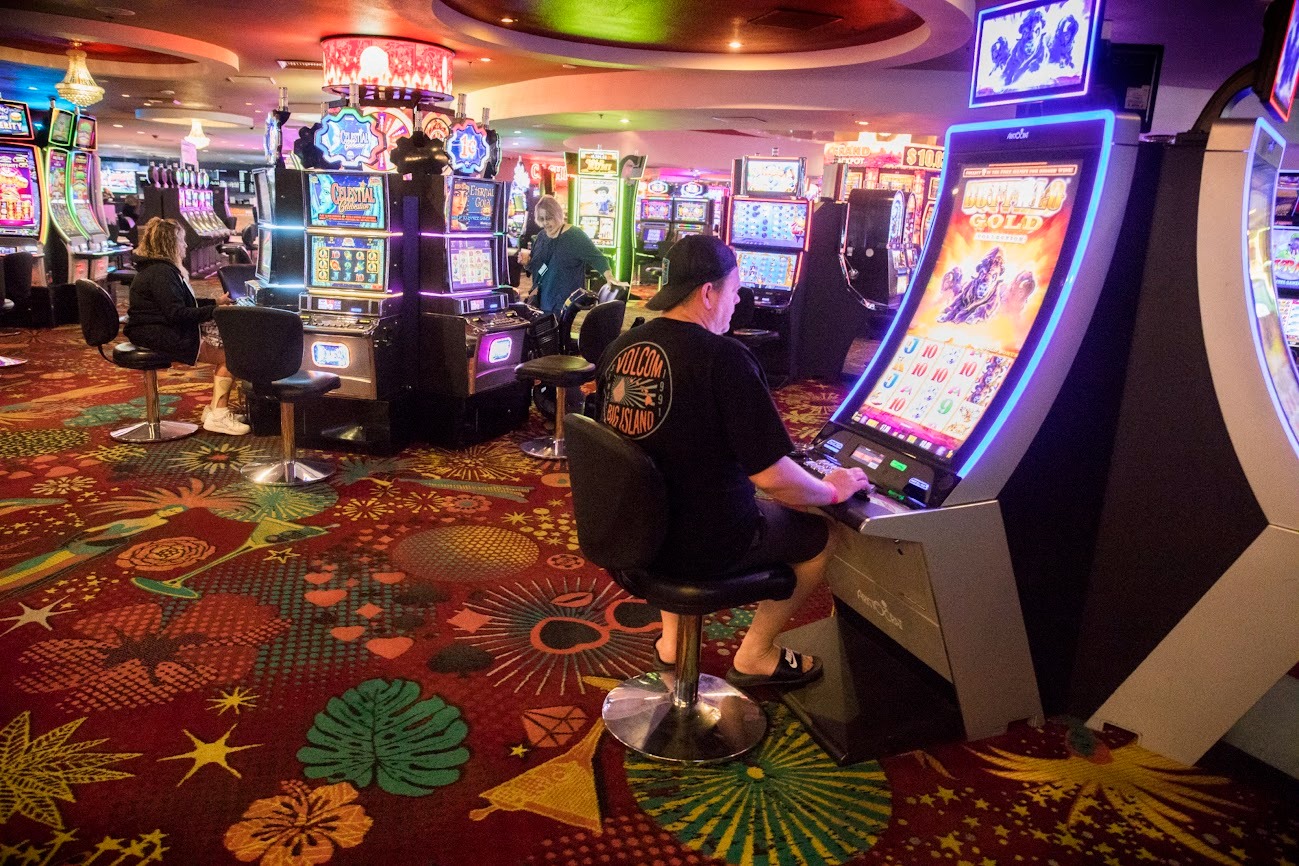
Understanding Dog Training Basics
Dog training is an essential part of pet ownership that strengthens the bond between dogs and their owners. It provides dogs with the structure and guidance necessary to live harmoniously within a human environment. Whether you are a first-time dog owner or a seasoned veteran, understanding the basics of dog training can significantly improve your experience. Here, we’ll delve into the pivotal aspects of dog training, starting with why positive reinforcement is crucial, exploring key commands every dog should learn, and discussing how to create an ideal training environment.
The Importance of Positive Reinforcement
Positive reinforcement is a training strategy that encourages desirable behavior through rewards. This method not only creates a more enjoyable training experience for both the dog and the owner but also promotes long-term behavioral changes. By rewarding good behavior—like sitting, staying, or coming when called—dogs learn that obeying commands leads to positive outcomes.
Research shows that dogs trained with positive reinforcement techniques are happier and more engaged in training sessions. This approach also reduces the likelihood of behavioral issues, as it fosters trust and strengthens the bond between the dog and owner. Moreover, dogs trained with these methods are often more reliable because they understand the connection between their actions and the rewards they will receive.
Key Commands Every Dog Should Learn
Every dog owner should familiarize themselves with several fundamental commands that form the foundation of training. These commands not only enhance communication between the dog and owner but can also be crucial in various situations. Here are some essential commands:
- Sit: This command helps in getting a dog’s attention and can be the first step in more advanced obedience training.
- Stay: Teaching this command can help keep a dog out of dangerous situations, like when food is being prepared or a door is opening.
- Come: This command is vital for ensuring a dog returns to its owner, especially in outdoor or potentially hazardous environments.
- Down: This command places a dog in a submissive position, which can help in calming an overly excited dog.
- Leave it: This command teaches dogs to ignore something they might want to approach, which is essential for safety.
Creating the Ideal Training Environment
Setting up an appropriate training environment is critical for successful dog training. A distraction-free zone, such as a quiet room or a fenced backyard, allows dogs to focus solely on their training. Here are some tips for creating an optimal training space:
- Choose a quiet area free from distractions, such as children, other pets, or loud noises.
- Use comfortable training mats to signal that it’s time to learn.
- Ensure you have all necessary supplies on hand, such as treats, toys, and the leash.
- Keep training sessions short (about 5-10 minutes) to maintain your dog’s focus and attention.
Finding the Best Dog Trainer in Houston
When searching for the best dog trainer Houston has to offer, there are many factors to consider that can make your decision easier and more informed. A bad training experience can be detrimental not just to your dog’s behavior but also to the overall relationship between you and your dog. So, let’s explore what qualifications to look for in a trainer, the questions to ask, and how to compare different training methods and styles.
Key Qualifications to Look For
Before committing to a dog trainer, it’s important to assess their qualifications. Here are key points to consider:
- Certification: Look for trainers certified by recognized organizations, such as the Association of Professional Dog Trainers (APDT) or the International Association of Canine Professionals (IACP).
- Experience: A trainer with years of experience is likely to have encountered various dog personalities and behavioral issues, equipping them with the tools to address your dog’s particular needs.
- Training Philosophy: Ensure the trainer’s approach aligns with positive reinforcement methods, as this has been proven effective and promotes a better relationship with your dog.
- References: Seek recommendations from other pet owners or read online reviews to gauge the trainer’s reputation.
Questions to Ask During Your Search
Once you narrow down your list of potential trainers, it’s important to ask specific questions to ensure they meet your needs:
- What is your training philosophy?
- Can you describe your experience with my dog’s breed or specific behavior issues?
- How do you handle problem behaviors, and can you provide examples of your success stories?
- What is your cancellation policy and training schedule like?
- Do you offer any follow-up sessions or communication after the training?
Comparing Training Methods and Styles
Different trainers may have varying methodologies. Understanding these can help you choose one that suits your training preferences and your dog’s needs. Here are the most common training methods:
- Clicker Training: This method uses a handheld clicker to mark desired behaviors at the moment they occur, followed by a reward.
- Positive Reinforcement: This approach rewards good behavior with treats, toys, or praise to encourage repetition.
- Balanced Training: This technique incorporates punishment for bad behavior along with rewards for good behavior, appealing to some trainers but criticized by many for the potential negative impacts on dog behavior.
- Pack Training: Some trainers use a philosophy based on a dog’s instincts as a pack animal, emphasizing hierarchy and leadership.
Common Behavioral Issues and Solutions
Behavioral problems are common among dogs and can arise from various factors such as lack of training, anxiety, or environmental influences. Understanding these issues and how to resolve them can benefit both you and your dog.
Addressing Aggression and Fear
Aggression and fear are two prevalent behavioral issues that can stem from anxiety, past trauma, or frustration. It’s important to identify the triggers causing aggressive behavior, which might include other animals, specific situations, or people. A well-qualified trainer can implement desensitization techniques that expose the dog to the trigger in a controlled manner while providing positive reinforcement.
Additionally, fear can often be alleviated through gradual exposure to the source of fear, ensuring that the dog feels secure and supported. Utilizing calming techniques, such as engaging in low-energy activities or using calming aids, can also help reduce anxiety during training.
Dealing with Separation Anxiety
Separation anxiety affects many dogs, and it can manifest in destructive behaviors or excessive barking. Addressing this issue requires a multi-faceted approach, including:
- Desensitization: Gradually getting your dog used to being alone for short periods can train them to be comfortable with separation.
- Creating a safe space: Setting up a cozy environment with familiar toys can provide comfort when you’re away.
- Consulting a professional: In severe cases, a trainer may incorporate therapeutic techniques, or even recommend consulting a veterinary behaviorist.
Strategies for Excessive Barking
Excessive barking can be challenging for dog owners and a source of frustration. The first step in addressing this behavior is understanding the underlying causes, which may include boredom, fear, territorial behavior, or attention-seeking. Solutions include:
- Exercise: Ensuring your dog receives adequate physical and mental stimulation can alleviate this issue.
- Training: Teaching a “quiet” command, followed by praise once they stop barking, can reinforce more appropriate behavior.
- Environmental changes: Reducing stimuli that trigger barking, such as closing windows or providing distractions, can also help.
Advanced Training Techniques
Once you have established a foundation of basic training, you might consider advanced techniques to continue your dog’s education and engage their minds further. Using advanced training helps encourage critical thinking and agility.
Agility Training for Active Dogs
Agility training is not only a great way to keep active dogs engaged but also helps improve coordination and build a stronger bond between the dog and the owner. This form of training involves navigating through obstacle courses, which can include jumps, tunnels, and weave poles. These courses help improve your dog’s focus, responsiveness, and athleticism. Many organizations host competitions, allowing dog owners to further connect with their pets and showcase their skills.
Obedience Trials: Preparing Your Dog
Obedience trials are structured competitions where dogs demonstrate their training and obedience skills. Preparing your dog for such events involves consistent training and exposure to both the expected commands and any distractions they may face during the trial. Setting realistic goals and practicing in different settings can ensure your dog feels comfortable and confident.
The Benefits of Socialization Classes
Socialization is key to developing a well-adjusted dog. Socialization classes expose dogs to varied environments, people, and other dogs, helping reduce anxiety and aggression. These classes often provide the opportunity for owners to learn proper interaction techniques, enhancing their handling skills and confidence. Regular interactions and varying experiences during this time can significantly enhance a dog’s behavior in everyday situations.
Measuring Success in Dog Training
Success in dog training is not solely based on the dog’s adherence to commands. It encompasses the overall relationship between the dog and its owner, visible changes in behavior, and the dog’s general wellbeing. Consider the following methods for assessing training success.
Setting Realistic Goals for Training
Establishing realistic, attainable goals is crucial for both the dog and owner. Break larger objectives into smaller, manageable milestones. Celebrate your dog’s progress to motivate continued success and foster a positive training atmosphere. Remember, every dog learns at their own pace, and patience is key.
Monitoring Progress and Adjustments
Continuously monitoring your dog’s progress is necessary to understand what works well and what adjustments may be needed. Keeping training logs or diaries can help track commands learned, issues faced, and techniques that yield the best results. Regularly revisit your training approach based on this progress to ensure that you are effectively meeting your dog’s needs.
When to Consult a Professional Trainer
Knowing when to consult a professional trainer can significantly impact your dog’s training journey. If your dog exhibits severe behavioral issues or if you find yourself frustrated despite consistent training efforts, seeking professional assistance is a wise choice. Additionally, if you are unsure about the best training methods for your specific needs or wish to enhance your training strategies, engaging an expert can provide invaluable insights and support.





